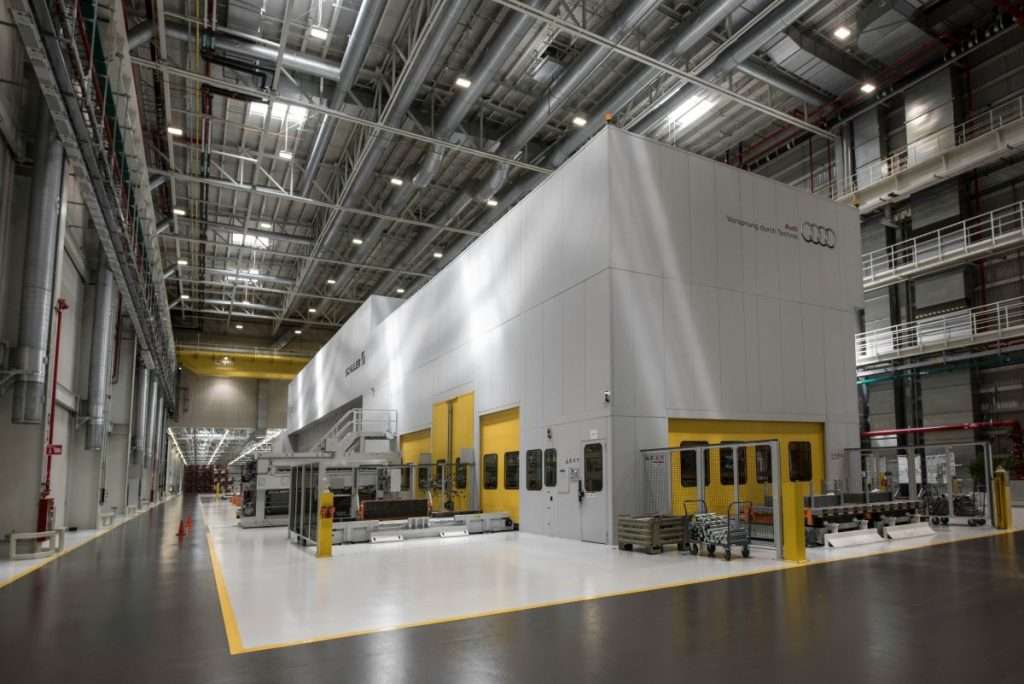As Mexico captures global attention with significant U.S. investments and a booming manufacturing sector, Bain & Company highlights critical gaps that could impede the country’s nearshoring advantage.
Mexico’s Investment Surge
Recent declarations from Mexico’s Secretary of Economy, Raquel Buenrostro, celebrate the country as a top global destination for investments, particularly from U.S. firms focusing heavily on manufacturing. Prominent companies like Yokohama Tire Corp and Walmart have committed billions, signaling strong confidence in Mexico’s economic landscape. These developments are underpinned by a 57% U.S. contribution to new investments, showcasing a robust interest in leveraging Mexico’s strategic geographic and economic position.
Challenges to Sustained Growth
Despite the investment influx, Bain & Company’s analysis, “Mexico At a Crossroads: Is It Missing Out On Its Opportunity For Nearshoring?,” articulates looming challenges that could throttle growth. The report, penned by partner Jordi Ciuró and senior manager Armando Flores, emphasizes that while investment and export figures are impressive, with manufacturing reaching new highs, there are significant risks tied to infrastructure, talent, and security that may hinder sustained success.
Critical Areas for Improvement
Infrastructure and Talent: The Twin Pillars of Growth
For Mexico to maintain its nearshoring appeal, substantial enhancements in infrastructure and workforce development are crucial. The country faces notable deficits in logistical capabilities, particularly in intermodal transport and efficient customs operations, which are essential for expediting manufacturing exports. Additionally, the current talent pool lacks the depth required for advanced manufacturing sectors, which are vital for keeping up with international demand and technological advancements.
Strategic Investments to Secure Future Growth
Addressing these vulnerabilities is urgent if Mexico intends to double its export value by 2030, as projected. The potential to expand significantly in sectors less competed by Chinese exports, such as electric equipment and machinery, is substantial. However, this requires a concerted effort from both public and private sectors to enhance the overall competitiveness of Mexico’s manufacturing landscape, from improving security measures to ensuring consistent energy and water supplies.
A Pivotal Moment for Mexico’s Economic Aspirations
As Mexico stands on the cusp of a transformative economic era, the path forward involves not just capitalizing on current investments but also strategically addressing the systemic issues that could derail its trajectory towards becoming a nearshoring powerhouse. The decisions made today will determine if Mexico can truly leverage its geographical advantage to reshape its economic future.








